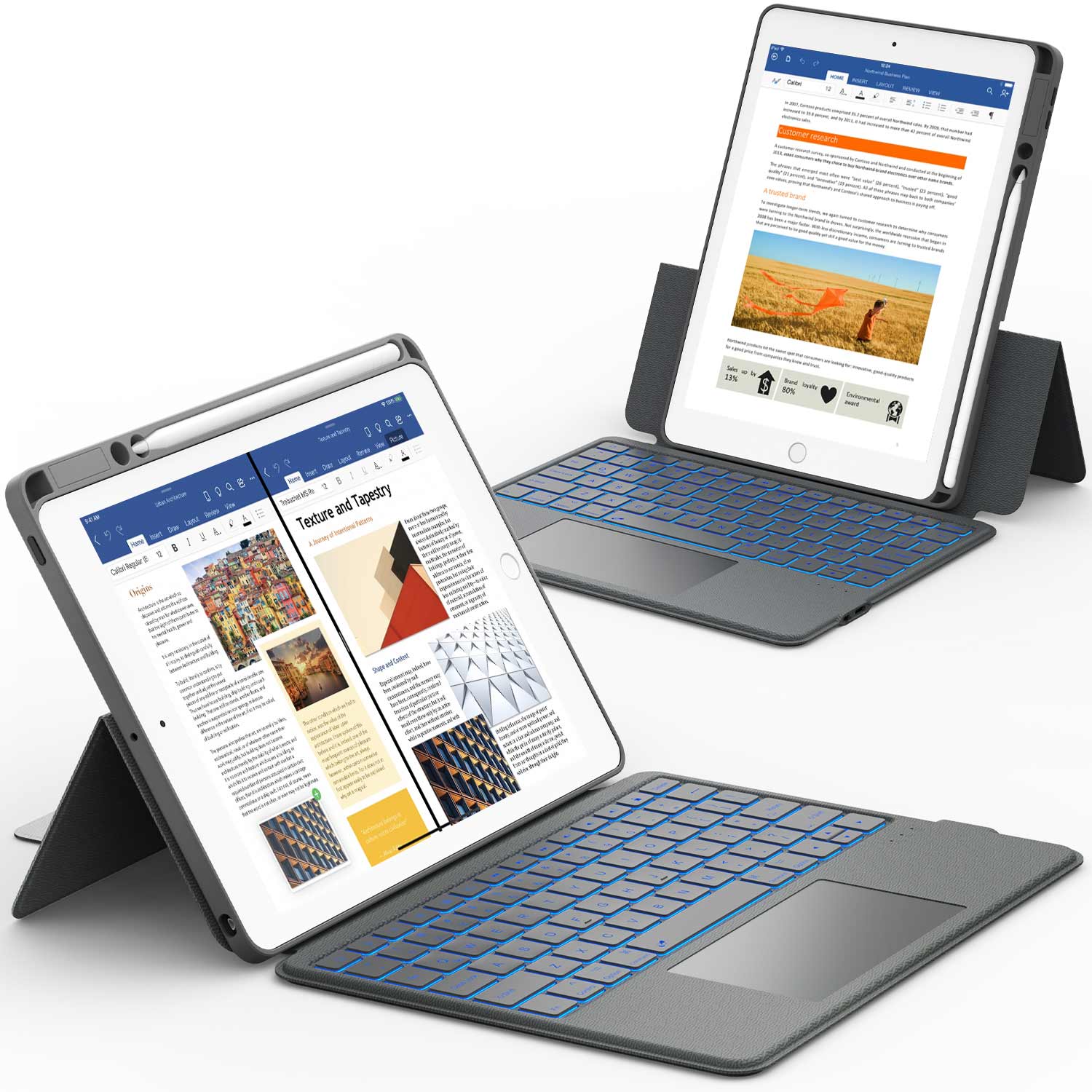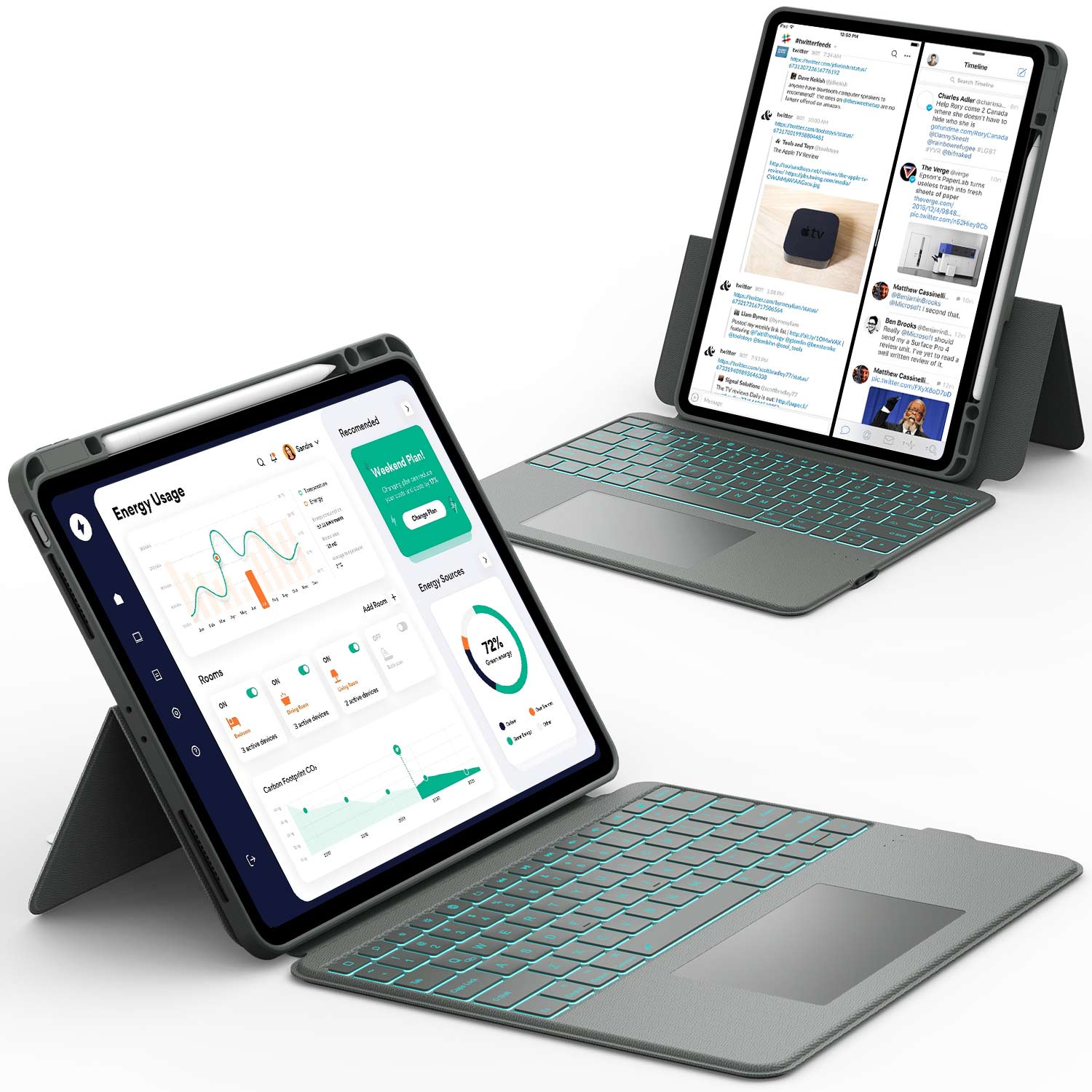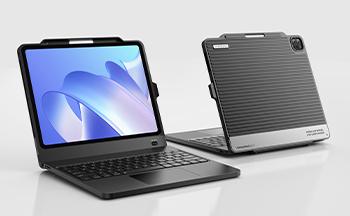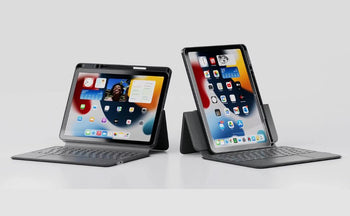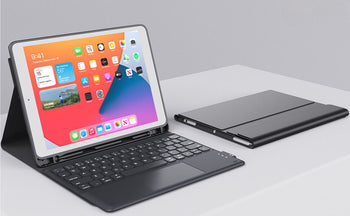iPad problems can be a real headache, especially when they pop up right when you need your device the most.
Maybe your iPad won’t turn on, crashes often, or the battery drains way too fast. The good news is that most of these issues are common and easy to fix without tech skills.
You don’t have to visit a repair shop or call for help. You can usually get things working again with just a few simple steps.
Discover seven common iPad problems and simple step-by-step solutions to fix them, from charging issues to frozen screens.
iPad Problems: 7 Common Issues and How to Fix Each One

Most iPad problems can be solved with a few simple steps at home. You don’t need to be a tech expert. Knowing what to look for can help you fix small issues before they become bigger.
Here are seven common iPad issues and exactly what to do to fix each one:
1. iPad Won’t Turn On
Your iPad is completely black or not responding at all? Try this first:
➜ Charge your iPad. Plug it in using the original Apple charger and let it charge for at least 30 minutes. Sometimes the battery is just fully drained.
➜ Force restart the iPad.
- If your iPad has a Home button, press and hold the Power and Home buttons simultaneously until you see the Apple logo.
- If your iPad doesn’t have a Home button, press and hold the Power and Volume Down buttons until the logo appears.
➜ Connect to a computer. Use a Lightning or USB-C cable to connect your iPad to a computer with iTunes (Windows or older macOS) or Finder (newer macOS).
- You might see a prompt to update or restore your iPad. Follow the steps on the screen.
➜ Still nothing? If none of these steps work, it may be a hardware issue. Contact Apple Support or visit an Apple Store for help.
2. iPad Not Charging Properly
If your iPad charges very slowly or not at all, try these steps:
-
Check your cable and charger. Look for damage like fraying or bent pins. Use only Apple-certified charging accessories.
- Inspect the charging port. Shine a light into the port and check for dust, dirt, or lint.
➜ Gently clean it using a soft brush or wooden toothpick. Never use anything metal.
- Try a different charger. Borrow one from a friend or try another cable if you have one.
- Restart your iPad. Sometimes, a simple restart can reset the charging system.
-
If your iPad still doesn’t charge, you might need to visit Apple to have the battery or port checked.
3. iPad Screen Is Frozen or Unresponsive
If your screen is stuck or not reacting to touch:
-
Force restart your iPad to unfreeze the screen (see restart steps above).
- Update your software.
➜ Go to Settings > General > Software Update and install any available updates.
- Check your apps. If your screen freezes when using a particular app:
➜ Delete and reinstall the app.
➜ Or update it in the App Store.
- Reset all settings.
➜ Go to Settings > General > Transfer or Reset iPad > Reset > Reset All Settings.
➜ This will not delete your data but reset preferences like Wi-Fi, brightness, and ringtones.
4. iPad Battery Drains Too Fast
Your iPad dies quickly, even when you’re not using it much. Try these tips:
- Check battery usage.
➜ Go to Settings > Battery to see which apps are most powerful.
- Reduce screen brightness. A dimmer screen uses less battery.
- Turn off Background App Refresh.
➜ Go to Settings > General > Background App Refresh, turn it off, or set it to Wi-Fi only.
- Use Low Power Mode.
➜ Available in iPadOS 15 and newer, it reduces background activity to save battery.
- Turn off Bluetooth and Location Services when not in use.
- If your battery still drains quickly, it could be worn out. Visit Apple to check if it needs to be replaced.
5. Wi-Fi or Bluetooth Won’t Connect
Having trouble connecting to the internet or a Bluetooth device?
- Turn Wi-Fi or Bluetooth off and back on.
➜ You can do this in Control Center or in Settings.
- Forget and reconnect.
➜ Go to Settings > Wi-Fi or Settings > Bluetooth, tap the “i” icon next to the connection, and choose Forget This Network or Forget This Device. Then reconnect.
- Restart your iPad and your router.
- Check your distance.
➜ Make sure you’re within range of the router or Bluetooth device.
- Update your iPad software. Connection bugs are often fixed in updates.
6. iPad Apps Keep Crashing or Won’t Open
If apps won’t open or keep closing by themselves:
- Force close the app.
➜ Swipe up from the bottom of the screen and flick the app up to close it.
- Update the app.
➜ Open the App Store and check the “Updates” tab.
- Delete and reinstall the app.
- Restart your iPad. This clears up temporary glitches.
- Free up storage space.
➜ Go to Settings > General > iPad Storage and delete things you no longer need.
- Update your iPad. Older system software can cause app crashes.
7. iPad Keyboard Not Working (Physical or On-Screen)
Whether you're using an on-screen keyboard or an external one, here’s what to do if it stops working:
- For Smart Keyboards:
➜ Disconnect and reconnect the keyboard to the iPad.
➜ Make sure it snaps in correctly and the Smart Connector is clean.
- For Bluetooth keyboards:
➜ Go to Settings > Bluetooth, unpair the keyboard, then pair it again.
- Restart your iPad.
➜ A quick restart can solve connection or system glitches.
- Check keyboard settings.
➜ Go to Settings > Accessibility > Keyboards and see if anything is turned off.
- Use the on-screen keyboard by tapping in a text box if the external one isn’t working.
- Your keyboard or iPad might need a hardware check if the issue continues.
Expert Tips 💡
- Regularly update your software to fix bugs and improve performance.
- Clear out unused apps and photos to free up space.
- Handle your iPad and accessories with care to avoid damage.
- And remember, minor problems often have simple solutions.
How to Prevent iPad Problems Before They Start

Many iPad problems can be prevented with a few simple habits. Taking care of updates, accessories, and your device’s storage helps avoid issues before they become serious.
Keep iPad iPadOS Updated
Always keep your iPadOS up to date to avoid many common iPad problems. Each update brings security fixes and bug patches that protect your device from viruses and other threats.
To check for updates, go to Settings > General > Software Update. If an update is available, plug your iPad into a charger and Wi-Fi before updating. Updating overnight is a good idea, so your device is ready in the morning.
System updates also include new features, improving your experience. Older versions of iPadOS often get slow or buggy. Staying updated keeps things working smoothly and prevents app crashes or lag.
Avoid Using Unsupported Accessories
Using the wrong charger or cable can damage hardware and cause other iPad problems. To avoid power or connection issues, only use Apple-certified accessories.
Look for the “Made for iPad” label on accessories like chargers, cables, and headphones. This means they have passed Apple’s safety checks. Uncertified accessories might overheat or stop working, sometimes even damaging your iPad’s battery or ports.
If you use third-party brands, double-check if they are supported by Apple. Retailers like Apple Store or trusted electronics shops are the safest places to buy accessories for your iPad.
Restart Your iPad Weekly
Restarting your iPad about once a week helps stop minor problems before they start. This clears the background memory and resets software, improving your iPad's performance.
Hold the power button to restart until the slider shows, then slide to turn off. Wait a few seconds before turning it on again. If your iPad has Face ID, press and hold the top and volume buttons together.
A weekly restart can fix lag, unresponsive apps, and slow performance. It’s quick and often solves minor glitches without needing complicated steps.
Monitor Storage Space
Running out of storage causes many iPad problems. Always check your storage from Settings > General > iPad Storage.
Look for large apps, old games, or downloaded videos and music you no longer need. Delete or move files that take up a lot of space. If photos use most storage, try iCloud Photos to move images online and free up room on your device.
A clean iPad runs faster and crashes less. If your device is nearly full, you can’t update or install apps and will see more glitches. Keeping extra space gives your iPad the memory it needs to work well.
Quick Tips 💡:
- Check storage monthly
- Offload or delete apps you do not use
- Clear cache in apps where possible
- Use cloud storage for files and photos
Managing your storage well prevents iPad problems, especially if you use your iPad for both work and fun.
iPad Keyboard Cases You May Also Like 👍
Conclusion: iPad Problems Don’t Have to Ruin Your Day
You don't need to worry if your iPad stops responding, gets slow, or freezes. Most issues happen to many users and are usually easy to solve.
Try the basics first:
- Restart your iPad
- Update to the latest iPadOS
- Clear unused apps and data
A lot of problems, like battery drain or minor glitches, can be fixed with these simple steps. Keeping your iPad clean and using a case can help prevent physical damage, too.
Regular use, even for many hours a day, is safe for most devices. Still, if the same problem happens repeatedly, reach out to Apple Support. They are there to help, but often you’ll find that you can fix it yourself.
You have the tools to keep your iPad working well. For a smoother experience, stay calm and follow the steps in this guide.
Discover Our Best iPad Keyboard Cases
❓ FAQs About iPad Problems
You might notice issues like freezing, charging problems, or fast battery drain on your iPad. There are several steps you can try at home to fix many common problems.
Why does my iPad keep freezing or lagging?
This can happen if your iPad's storage is almost full or you have many apps running at once. Outdated software can also cause your device to slow down. Restarting your iPad, closing unused apps, or updating iPadOS may help.
How can I fix an iPad that won't charge?
Check if the charging cable and adapter are working and not damaged. Make sure the charging port is clean and free of dust or lint. Try using a different charger or outlet to see if that helps.
Why does my iPad battery drain so quickly?
A fast-draining battery can be caused by too high screen brightness, background app activity, or old battery health. Lower your brightness, close apps you aren't using, and update your iPad for the latest battery improvements.
Can I fix iPad problems without going to Apple?
Many issues can be fixed at home by restarting the device, updating the software, or resetting settings. Replacing accessories like chargers or cables might also solve some problems. For simple issues, you often do not need to visit Apple.
What should I do if none of the fixes work?
If your iPad still has problems after trying these tips, you may need to contact Apple Support. Sometimes repairs or a professional checkup are required in order to fix more serious issues.

